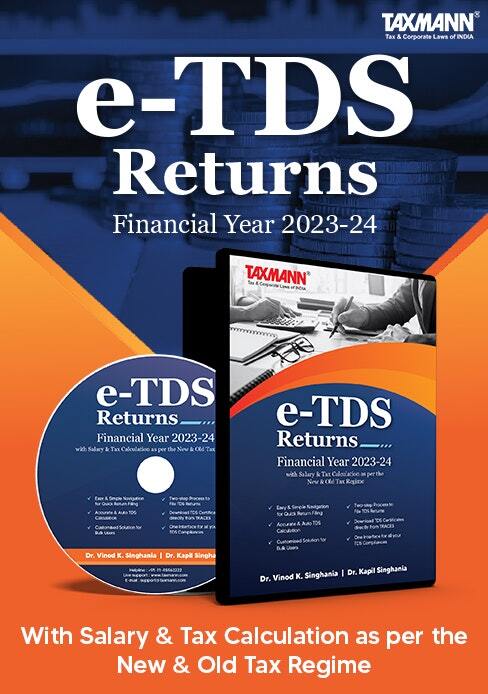


A Derivative is a financial instrument or other contract carrying all of the following three characteristics:-
Currently, the relevant regulation that provides guidance on accounting for foreign currency transactions and foreign exchange forward contract is Accounting Standard 11 Effects of Changes in Foreign Exchange Rates. However, the standard outlines from scope the forward contracts which are used to hedge the highly probable forecast transactions and firm commitments. Thus, in order to build a uniform accounting practice for derivatives, the Accounting Standard Board of the ICAI has issued Guidance Note on Accounting for Derivatives in year 2015. Looking towards the recent developments regarding Interbank Offered Rates (IBOR) and to avoid an undue impact on financial statements, a need was felt to revise the existing Guidance Note.
Accordingly, relevant revisions have been made in the Guidance Note, 2021 to provide necessary exceptions relating to hedge accounting. Thus, this Guidance Note is formulated to provide complete guide on accounting for derivatives until Accounting Standards on the subject matter are formulated and/ or enforced.
The Guidance Note, 2021 is applicable for Non- Ind AS entities and enterprises – mainly Banks and other companies that are currently not required to apply Ind AS. This Guidance Note applies to following Derivative Contracts whether or not used as hedge instruments:-
The accounting for derivatives as per this Guide is based on the following key principles:-
Since derivative contracts represents a contractual right or an obligation, it should be recognized on the balance sheet date as at fair value. Fair value in context of derivative contracts means the ‘exit price’, the price that would be paid to transfer a liability or the price that would be received transferring an asset to a counterparty.
As per guidance note, the designation of derivative as hedge instrument is optional. However, in case a derivative id not designated as hedging instrument, it should be measured at fair value and changes in fair value should be recognized immediately in the statement of profit and loss.
The guidance note recognizes three types of hedge accounting –
This guidance note does not override the principles stated in AS 11.
With recent global developments impacting the financial statements due to IBOR Reforms, the issues arising from these changes need to be addressed and hence the financial reporting has been identified globally. This guide covers the IBOR reforms (i) Phase I Pre-replacement issues, providing temporary exceptions from hedge accounting requirements, effective for accounting periods beginning on or after 1 April 2020; (ii) Phase II Replacement issues, providing temporary exceptions for modifications in financial contracts arising due to Interest Rate Benchmark Reform, effective for accounting periods beginning on or after 1 April 2021.
The guidance note provide exceptions only to the requirements stated in paragraph 4-11 of the Appendix III attached to the guidance note.
The presentation of derivative assets and liabilities recognized as on the balance sheet depends on the following considerations:-
In case an entity applies the exceptions relating set out in the guidance note, an entity shall disclose the following:-
An entity shall apply the temporary exceptions for annual period (s) beginning on or after 1 April 2020.
Disclaimer: The content/information published on the website is only for general information of the user and shall not be construed as legal advice. While the Taxmann has exercised reasonable efforts to ensure the veracity of information/content published, Taxmann shall be under no liability in any manner whatsoever for incorrect information, if any.
Taxmann Publications has a dedicated in-house Research & Editorial Team. This team consists of a team of Chartered Accountants, Company Secretaries, and Lawyers. This team works under the guidance and supervision of editor-in-chief Mr Rakesh Bhargava.
The Research and Editorial Team is responsible for developing reliable and accurate content for the readers. The team follows the six-sigma approach to achieve the benchmark of zero error in its publications and research platforms. The team ensures that the following publication guidelines are thoroughly followed while developing the content: